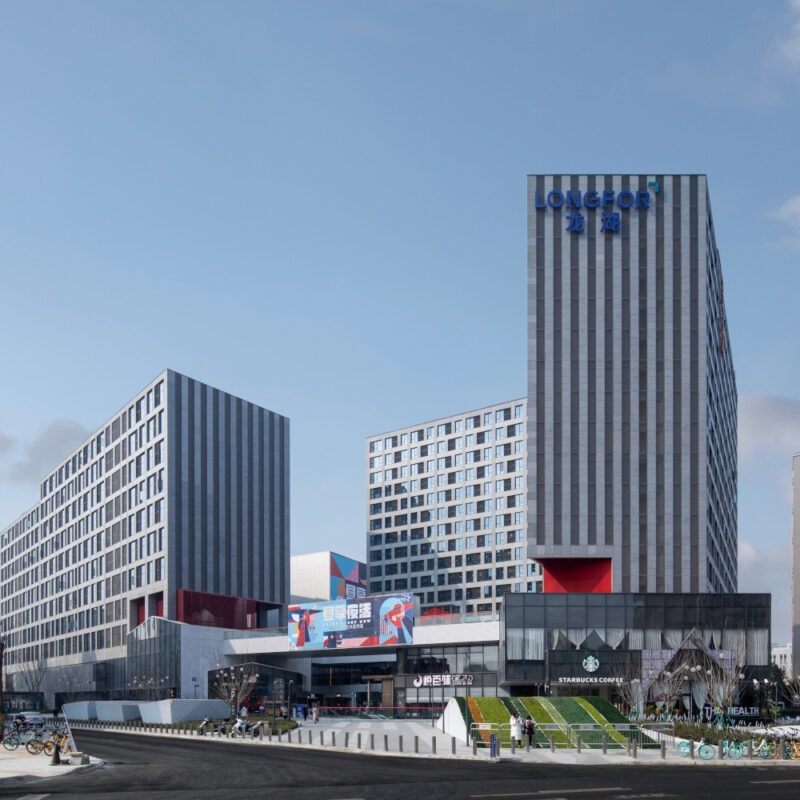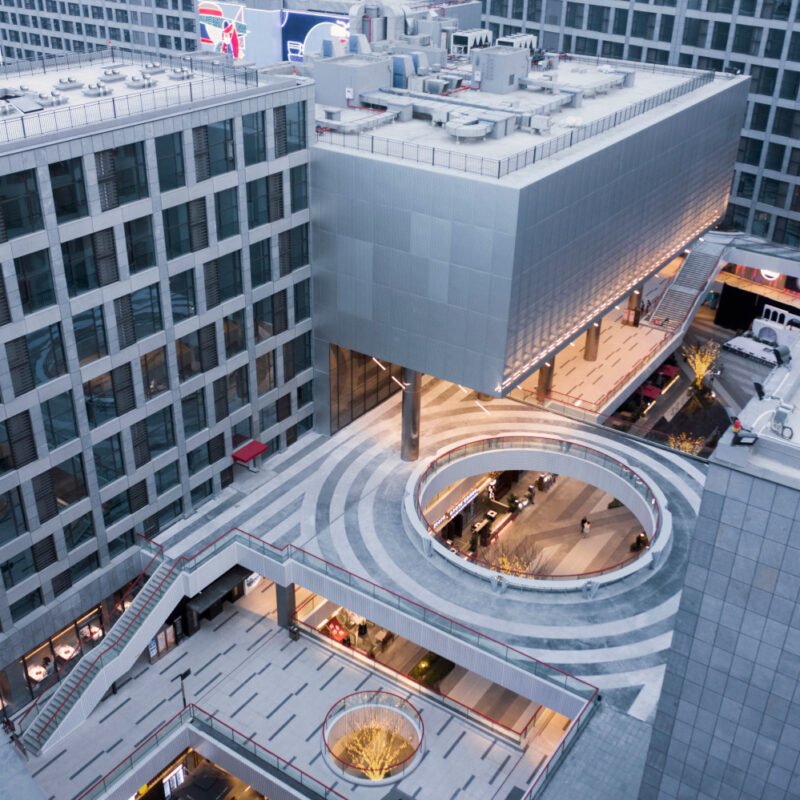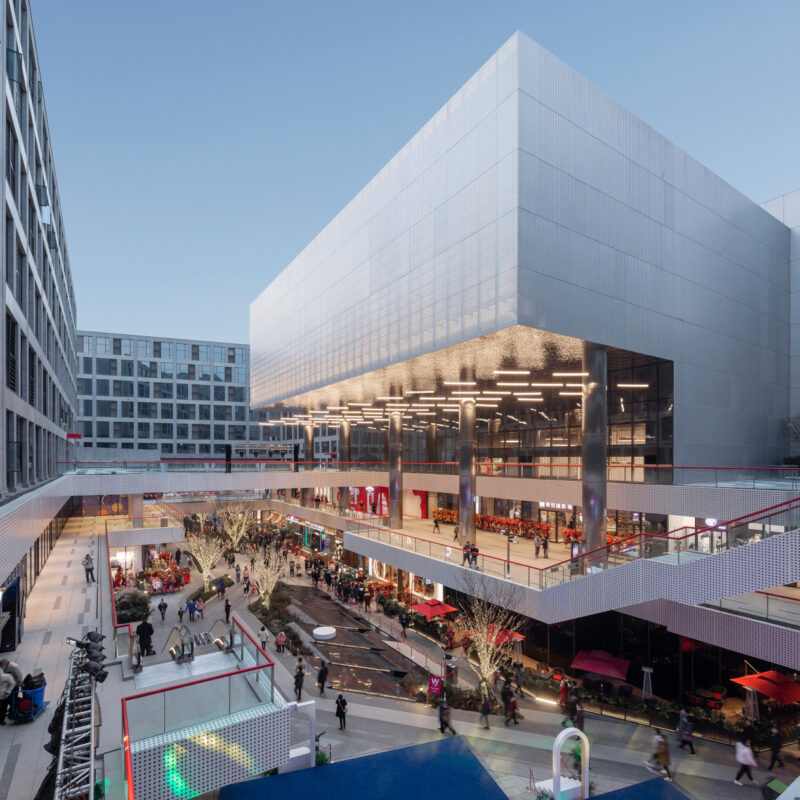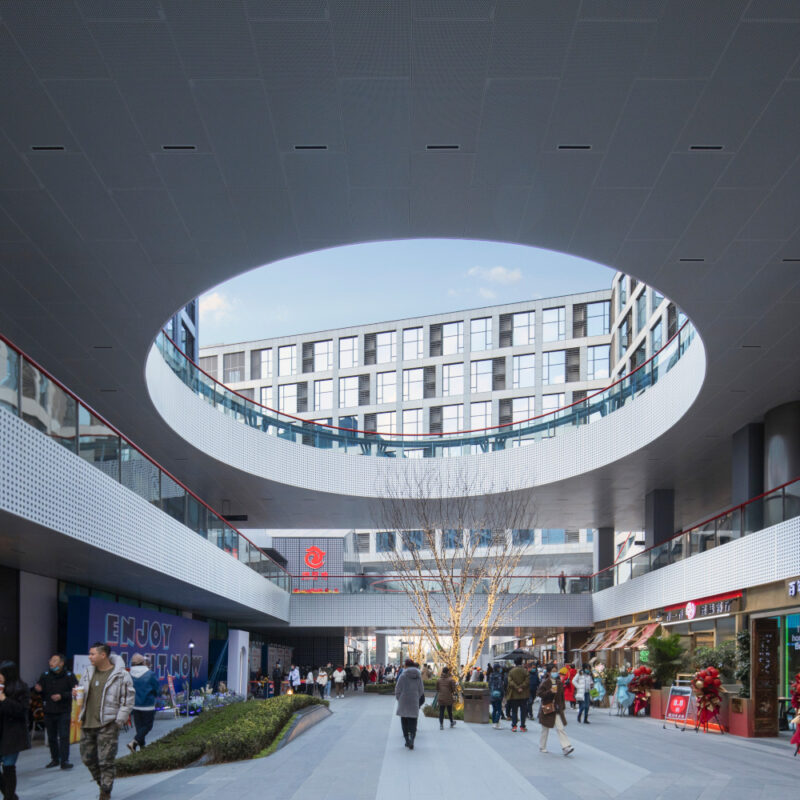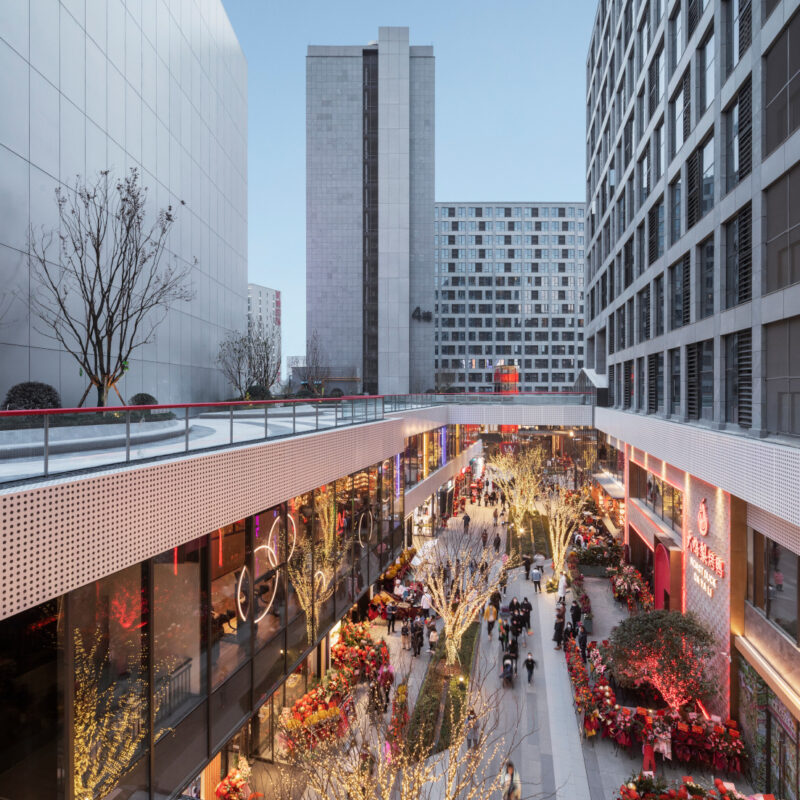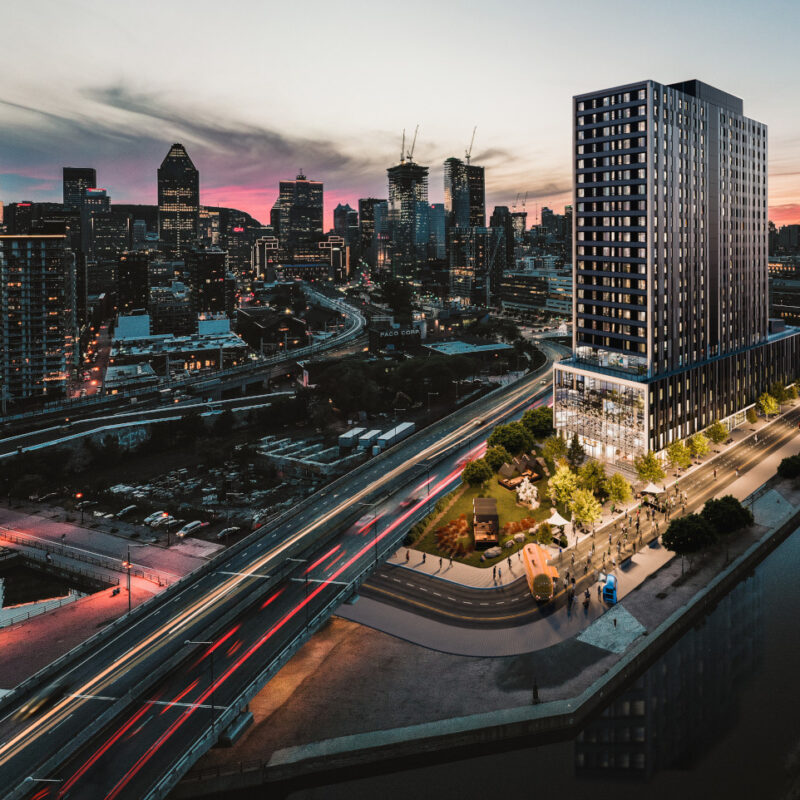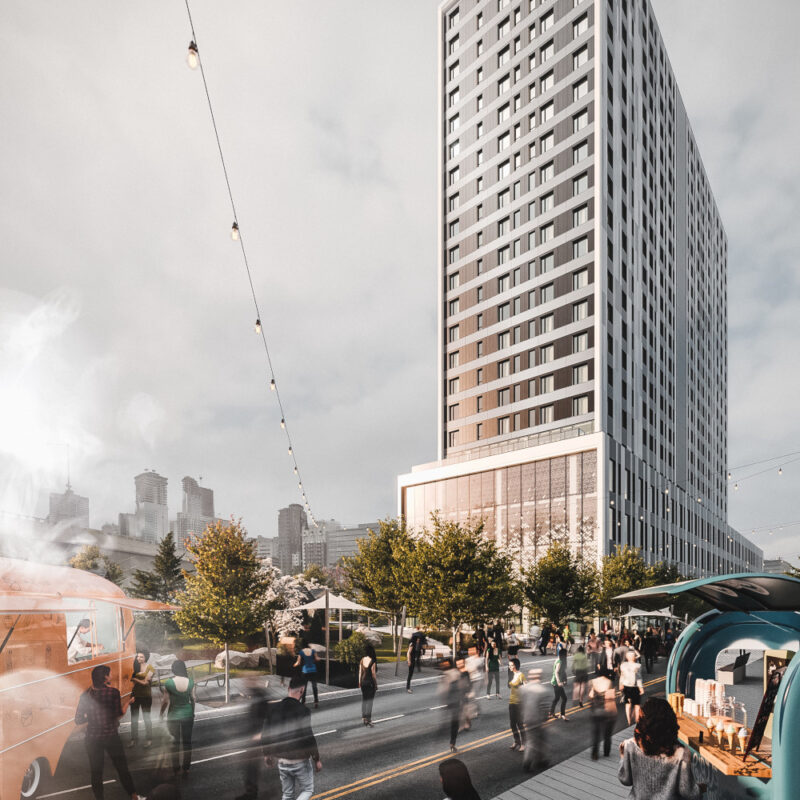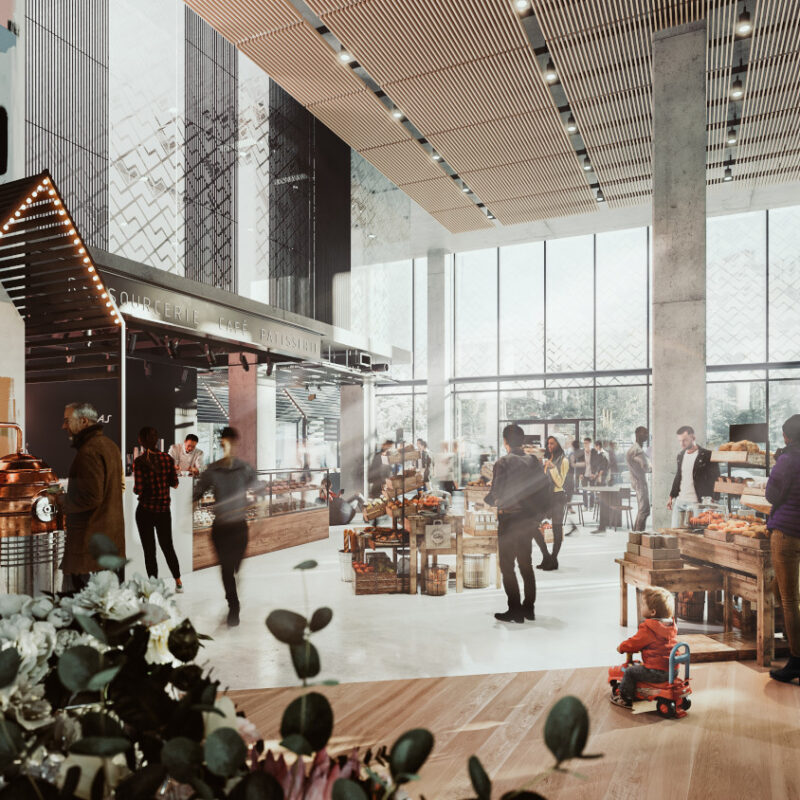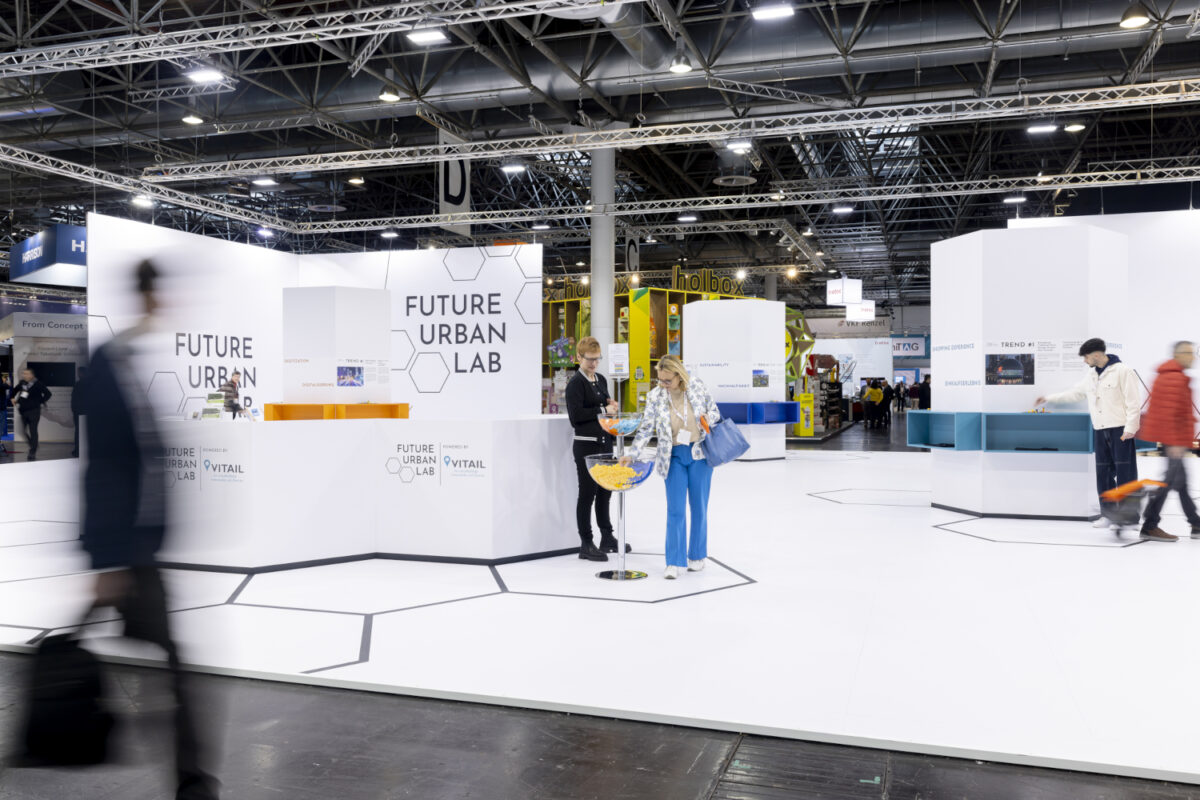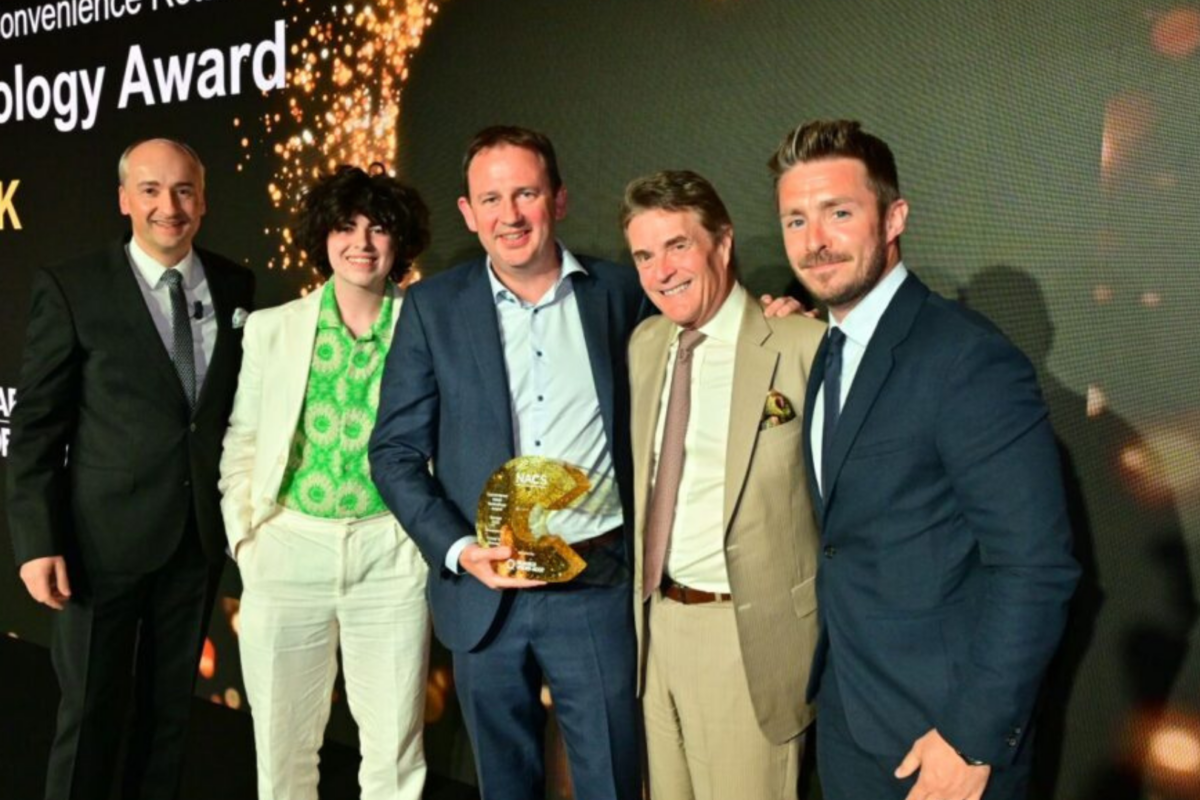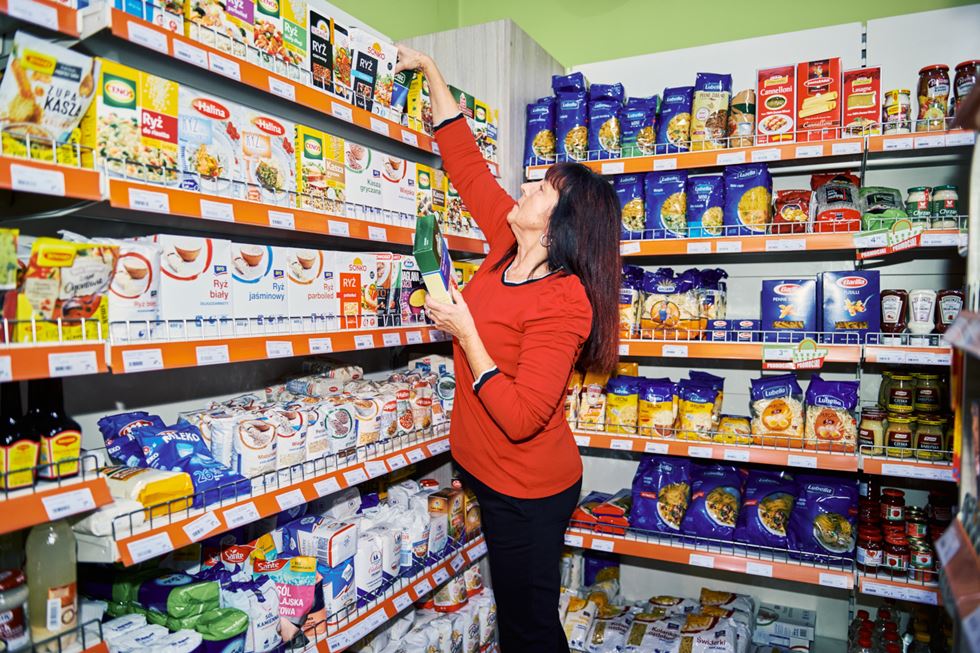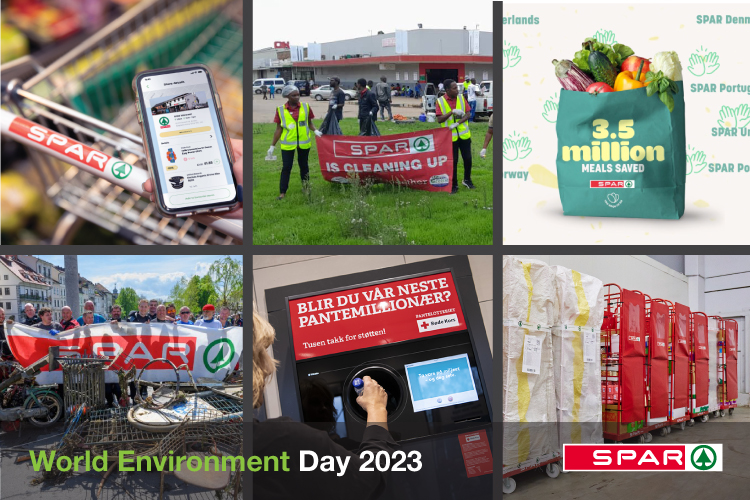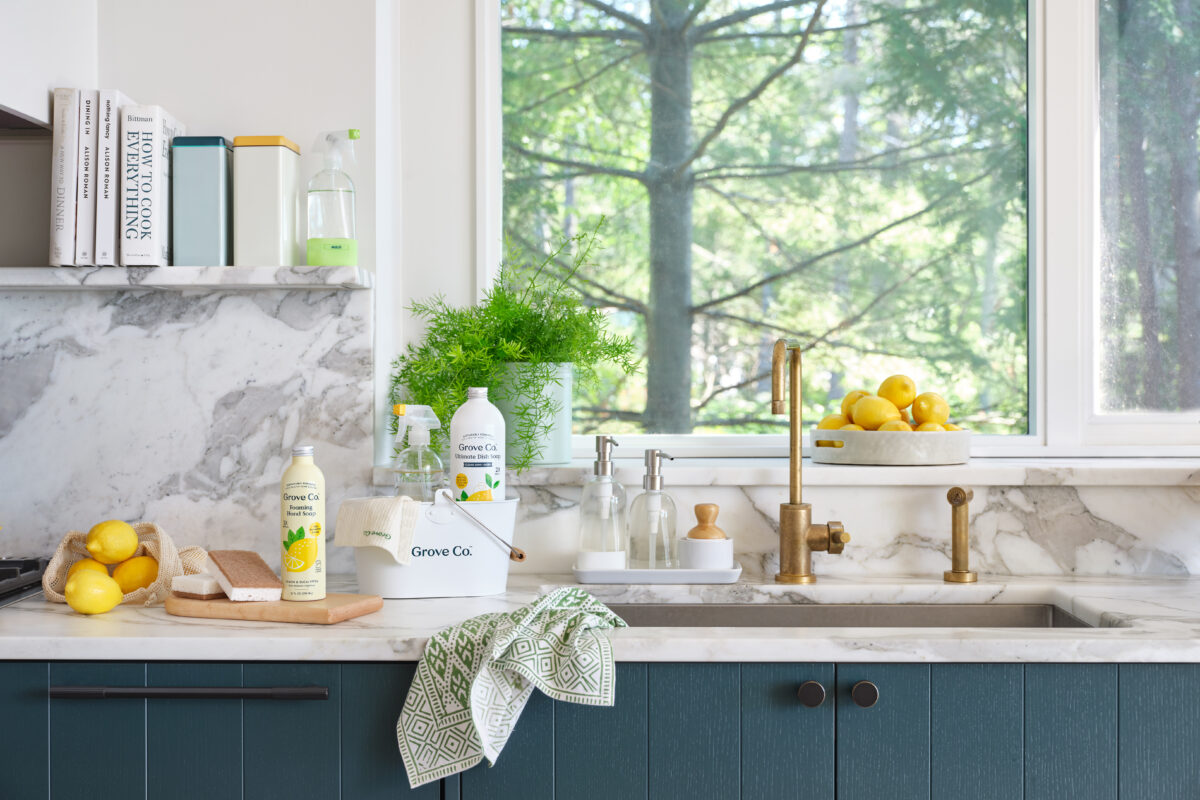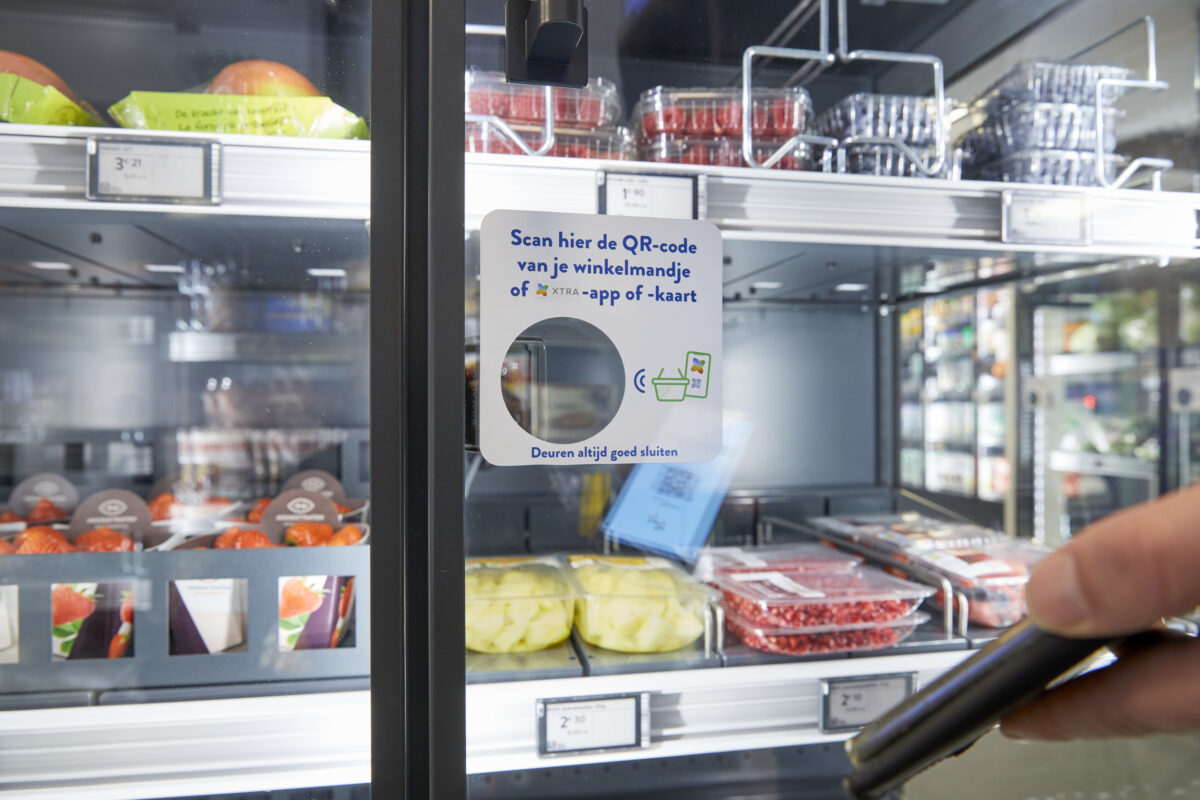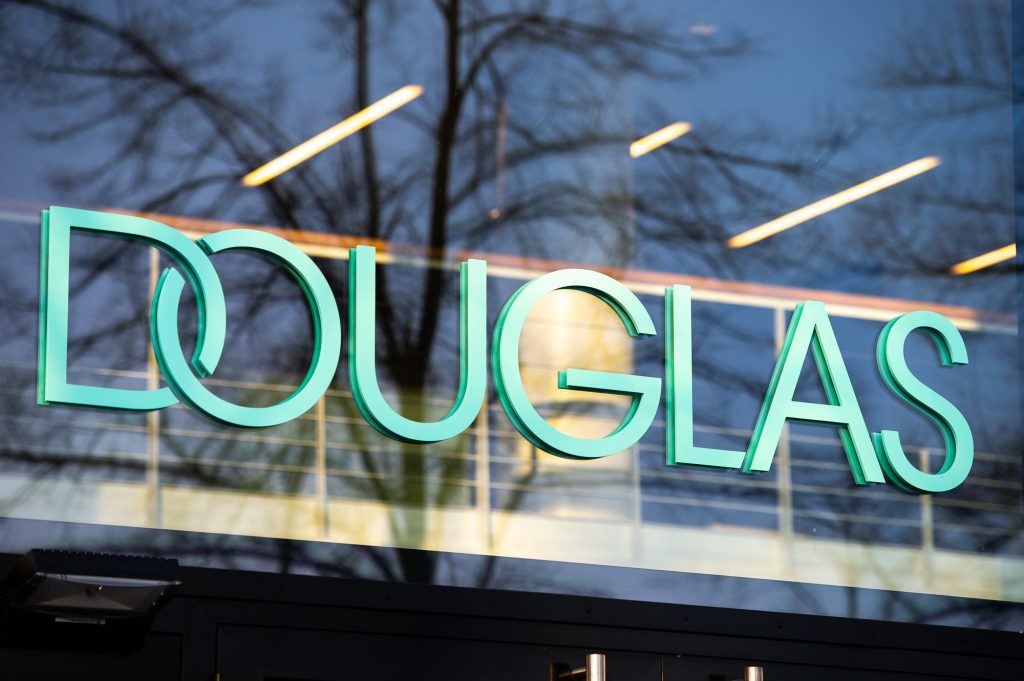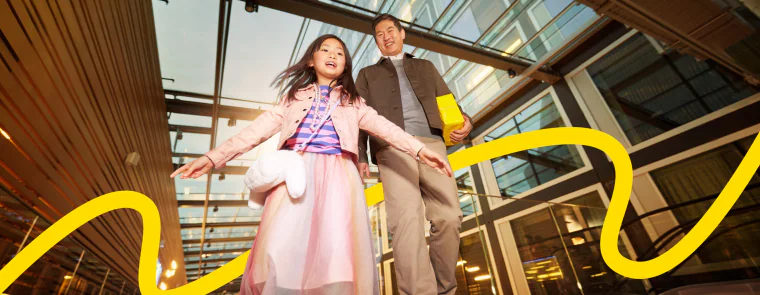Designing attractive city centers is a future task for everyone
By Julia Pott (exclusively for EuroShop.mag)
The rise of digitization and online retail businesses put retailers in city centers under pressure like never before. Over the past years, climate change, the COVID-19 pandemic and the war in Ukraine have only added to mounting concerns. The future of urban centers and brick-and-mortar retail seems more uncertain than ever before. Yet despite these difficulties, we must remember that challenges can promote change that leads to new opportunities for growth in the future.
Urban development and management under challenging conditions
Crises like the ones mentioned earlier come with difficulties, but can also uncover needs and a yearning for local community and sustainable urban development.
As is evidenced by a study compiled by the CIMA Consulting + Management firm titled “cima.monitor- Deutschlandstudie Innenstadt 2022″ (English: The German City Center Study 2022). The study authors note that urban communities are under increasing pressure to change. When asked how to turn an urban center into a “third place” – referring to social surroundings that are separate from the two usual social environments of home (“first place”) and the workplace (“second place”) – it becomes apparent that shopping still takes the top spot and reigns supreme. Meanwhile, the importance of retail has steadily declined over the past few years. Compared to 2015, public green spaces, cleanliness, and livability are rising in importance in its place.
The city center as a Third Place
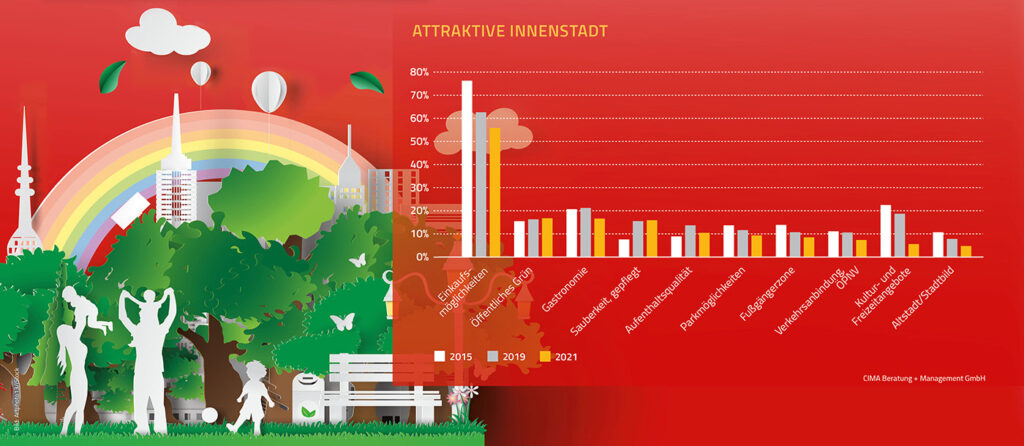
Participants in the German survey were asked what factors make up an attractive downtown for them. The bars show the proportion of selected answers, from left to right: shopping facilities, public green spaces, gastronomy, cleanliness, quality of stay, parking facilities, pedestrian zone, traffic connections, cultural and leisure facilities, cityscape. // © bcsd e.V.
The results of a study titled “A Profile of City Marketing” by the Bundesvereinigung City-und Stadtmarketing Deutschland e.V. (German Association for City and Urban Marketing or bcsd e.V.) in collaboration with imakomm AKADEMIE GmbH also attest to this: A survey among employees in city marketing organizations deemed great quality of life to be a decisive factor (30 %) on whether an urban center would still be bustling and be well-frequented in 2030. Other factors include a mixed-use development (19%) and a strong retail market (17%).
The many tasks of modern city management
The stakeholders who are responsible for modern and long-term urban development success are faced with many big tasks that affect the attractiveness of city centers – and consequently the economic and social well-being of everyone involved. Among others, these responsibilities include
- Sustainable traffic concepts
- Climate action
- A green and attractive design of urban squares and public spaces
- Managing vacant retail spaces
- Implementing a successful and integrative approach to digitization
- Multifunctional and open floor plan properties
- Participation of citizens and other commercial and urban stakeholders
Urban quality of life is inextricably linked to these and many other factors and is becoming a comprehensive challenge for the future that reaches far beyond pure city marketing. According to the City Marketing study, the success of strategic urban development is hinged upon the collaboration of numerous parties and the inclusion of multiple interests. This includes members from the political realm, urban planning, economic development, and city marketing, but also involves citizens, entrepreneurs, and real estate owners.
Solutions for exciting and forward-looking urban concepts and the revitalization of local centers can be found at EuroShop. In the context of the Hot Topic Vital City Centers exhibitors as well as experts will be given a stage. Visit us!
Solution approaches: Innovative projects that rethink urban centers
Innovative and pioneering urban center architecture and real estate concepts attempt to combine multiple aspects such as retail, gastronomy, leisure, learning, sustainability, living, and community. The goal is to revitalize city centers sustainably.
In the October 2021 issue of the American business magazine Forbes, Richard Kestenbaum, partner at Triangle Capital LLC (a financial advisory firm), described a new retail concept in New York’s Manhattan, which combines residential, hospitality and retail spaces. “[Manhattan West] is urban retail that seeks to make retail part of everyday work and living without isolating it on its own retail island the way malls have been built for a long time.”
At the end of 2022, EuroShop.mag showcased a project that embraces the same mixed-use development approach: the SuperHub in the Dutch district of Groningen. The building focuses on longevity thanks to flexible spaces that accommodate retail, gastronomy, cultural events and residences. The goal is to transform the district into an interactive social space.
Another example of an architecture project that aims to integrate multiple functions is Starry Street Wuhou in Chengdu, China.
The basic concept of the Haleco project in Montréal, Canada, whose construction began in 2022, also aims to combine residential, office, and commercial properties. The project design was the winner of the “C40’s international Reinventing Cities competition”, a global competition that awards innovative ideas for sustainable urban development. The teams at ACDF and L’OEUF Architectes are responsible for the project design.
Hélène Chartier, C40’s Director of Urban Planning & Design, sums up the ambitious goals of the project: Haleco is intended to “create a new living and meeting place that will help Montrealers adopt a more sustainable way of life.”
At the end of his Forbes article on the Manhattan West project in New York, Richard Kestenbaum gives pause and warns that no one knows whether or not such a concept will be successful, because “there’s risk in it and it can fail and that is the nature of retail right now.” But he also points out that Manhattan West is “offering a possible path forward for urban retail, giving consumers multiple reasons to come in and enticing them with reasons to stay once they arrive so that they will spend more and stay longer than they expected.” Kestenbaum concludes that” the future is uncertain, and the business has more risk than it had in the past as the models for success are still being conceived and created.”
For now, it is up to all of us to create and test innovative and successful models like these to lead us into the future.




